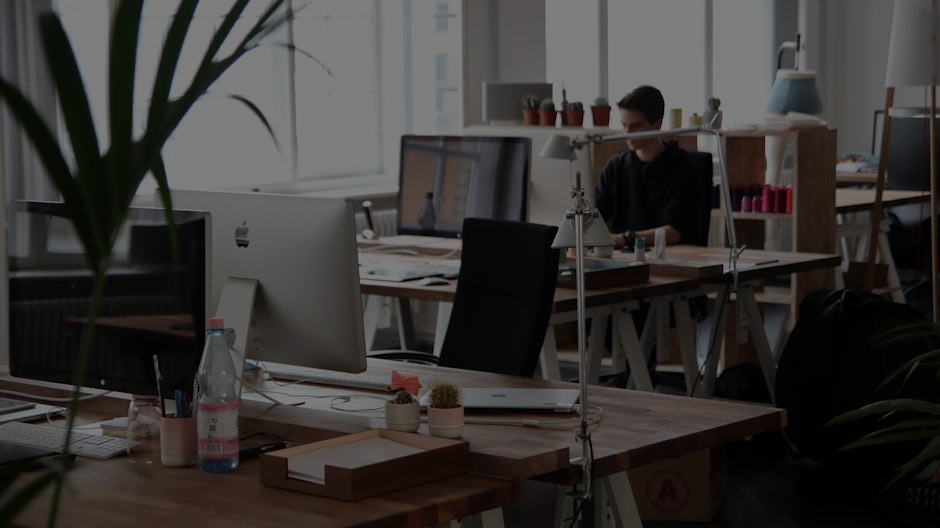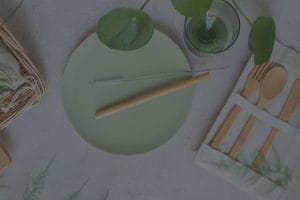**Abstract:**
Feng Shui, an ancient Chinese practice, plays a pivotal role in modern interior design by harmonizing spaces and enhancing well-being, making homes not just aesthetically pleasing but also energetically balanced.
Understanding Feng Shui: The Foundation of Energy Flow
Feng Shui is rooted in the belief that the arrangement of space can influence the energy flow, or “Chi,” within a home. By understanding this ancient philosophy, modern interior designers are able to create environments that promote harmony and balance. This practice emphasizes the importance of orientation, placement of furniture, and the use of colors to enhance positive energy. It’s fascinating how simple adjustments can lead to profound changes in one’s mood and overall well-being.
Transforming Spaces: Practical Feng Shui Applications
Applying Feng Shui principles in interior design involves a series of practical steps. For instance, the positioning of the main furniture, such as the bed and desk, is crucial. Placing these items in a commanding position allows for better energy flow and enhances feelings of security and stability. Additionally, incorporating natural elements, such as plants or water features, can significantly uplift the energy in any room. This connection with nature not only beautifies the space but also brings a sense of tranquility and freshness.
Color Psychology: The Art of Choosing Colors Wisely
Color plays a significant role in Feng Shui and interior design. Different colors evoke different emotions and energies. For example, blue is often associated with calmness and tranquility, while red is linked to passion and energy. By strategically selecting colors that align with the desired mood of a space, homeowners can effectively influence the emotional atmosphere of their environment. This intentional use of color not only enhances aesthetics but also supports the overall well-being of the inhabitants.
Decluttering: Creating Space for Positive Energy
One of the fundamental principles of Feng Shui is decluttering. A cluttered space can lead to stagnant energy and feelings of overwhelm. By clearing out unnecessary items, individuals can create a more inviting and serene environment. This process is not just about tidiness; it’s about making room for new opportunities and positive energy to flow freely. A clean, organized space can significantly improve mental clarity and emotional health, illustrating the deep connection between our physical surroundings and our inner state.
Incorporating Feng Shui into Modern Aesthetics
Modern interior design often embraces minimalism, which aligns perfectly with Feng Shui principles. The idea is to create spaces that are not only visually appealing but also energetically supportive. This can be achieved through the use of simple lines, open spaces, and a harmonious color palette. Integrating Feng Shui elements into contemporary design can enhance the overall aesthetic while promoting a sense of peace and well-being. It’s a beautiful fusion that respects tradition while embracing modernity.
Conclusion: The Lasting Impact of Feng Shui on Well-Being
Incorporating Feng Shui into modern interior design is more than just a trend; it’s a holistic approach to creating spaces that nurture and inspire. By understanding the principles of energy flow, color psychology, and the importance of decluttering, individuals can transform their homes into sanctuaries of peace and positivity. As we continue to seek balance in our fast-paced lives, the role of Feng Shui in interior design will undoubtedly remain significant, guiding us toward environments that support our well-being and happiness.










